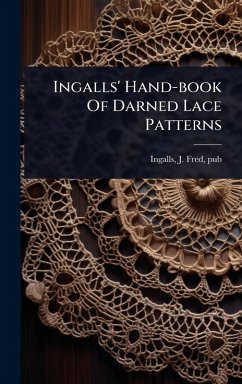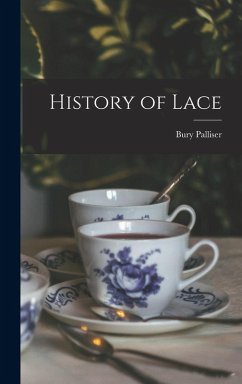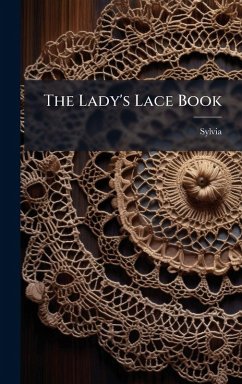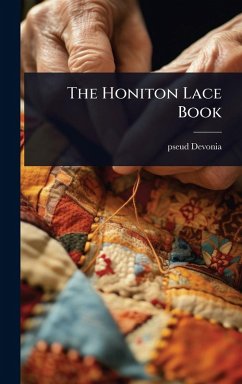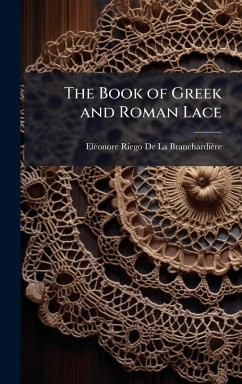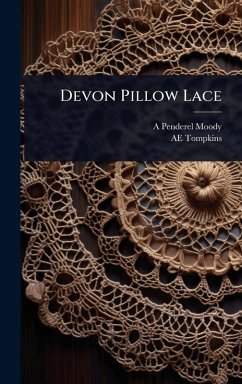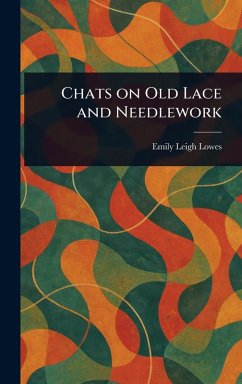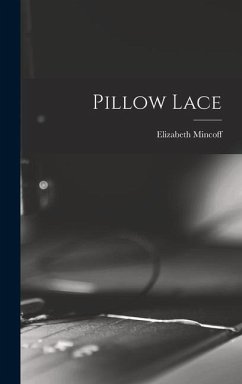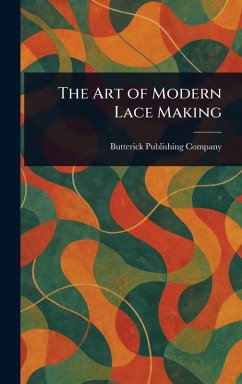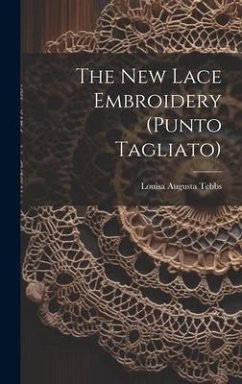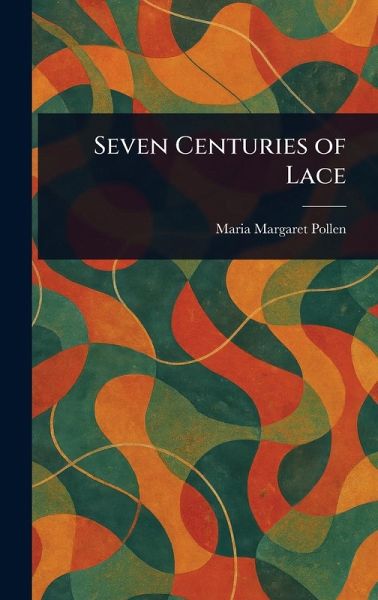
Seven Centuries of Lace
Versandkostenfrei!
Versandfertig in über 4 Wochen
29,99 €
inkl. MwSt.
Weitere Ausgaben:

PAYBACK Punkte
15 °P sammeln!
"Seven Centuries of Lace" by Mrs. John Hungerford Pollen offers a comprehensive exploration into the rich history of lace and lace making. This meticulously researched volume delves into the evolution of this exquisite textile art form across Europe, spanning seven centuries of intricate designs and techniques. From delicate needlework to elaborate patterns, the book examines the artistry and cultural significance of lace throughout its development. Explore the diverse styles and regional variations that have defined lace making history. A valuable resource for enthusiasts of textile design, n...
"Seven Centuries of Lace" by Mrs. John Hungerford Pollen offers a comprehensive exploration into the rich history of lace and lace making. This meticulously researched volume delves into the evolution of this exquisite textile art form across Europe, spanning seven centuries of intricate designs and techniques. From delicate needlework to elaborate patterns, the book examines the artistry and cultural significance of lace throughout its development. Explore the diverse styles and regional variations that have defined lace making history. A valuable resource for enthusiasts of textile design, needlework, and European history, "Seven Centuries of Lace" provides a detailed account of this captivating craft. Discover the enduring beauty and timeless appeal of lace in this historical study. This work has been selected by scholars as being culturally important, and is part of the knowledge base of civilization as we know it. This work is in the public domain in the United States of America, and possibly other nations. Within the United States, you may freely copy and distribute this work, as no entity (individual or corporate) has a copyright on the body of the work. Scholars believe, and we concur, that this work is important enough to be preserved, reproduced, and made generally available to the public. We appreciate your support of the preservation process, and thank you for being an important part of keeping this knowledge alive and relevant.





